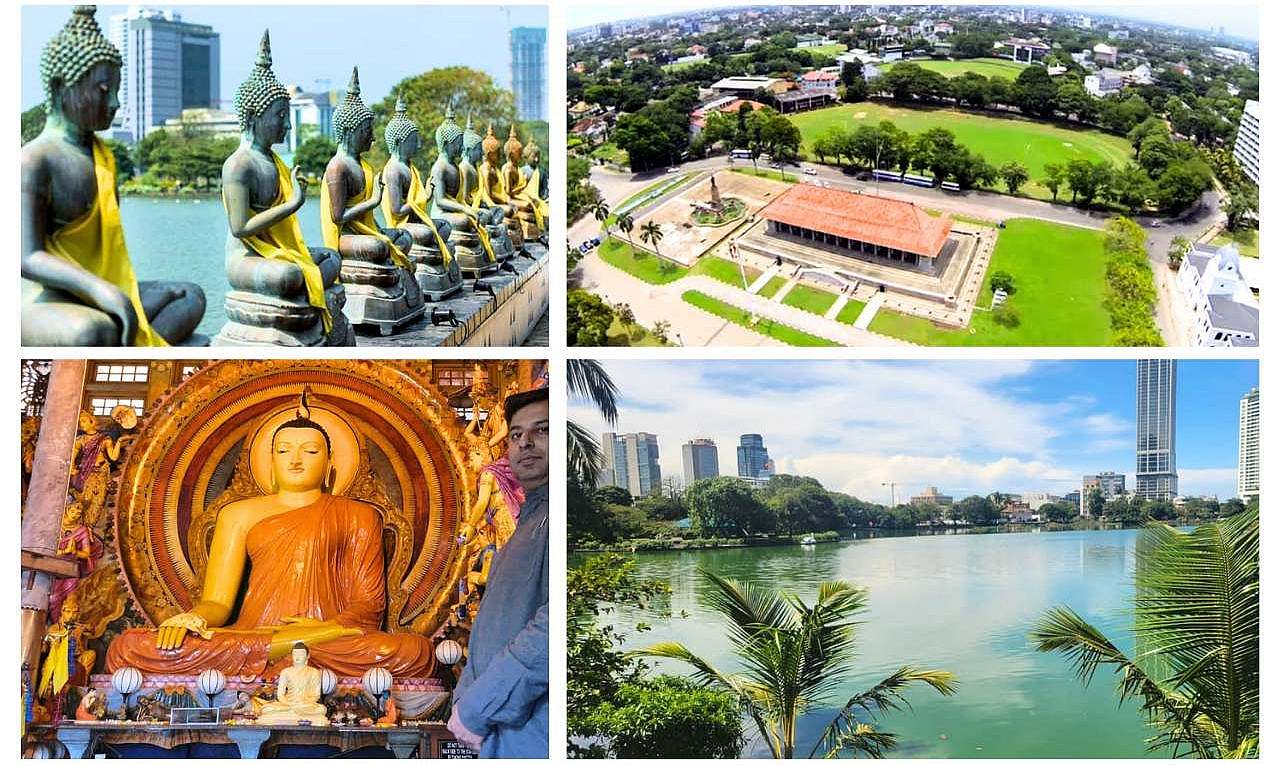Culture and Etiquette in Sri Lanka
Table of Contents
- The customs and manners of Sri Lanka
- Being authentic
- Temple etiquette
- Candy, begging, and pennying
- “What’s your destination?”
The customs and manners of Sri Lanka
Sri Lanka seems to be the most Westernised country in South Asia from the outside. Due to this flourishing tourism industry and the widespread usage of English, visitors may often mistake the island for something more familiar than it truly is. However, if you examine more closely, you might notice examples of cultural diversity everywhere.
Being authentic
Speaking up during a debate usually backfires and makes you sound naïve and disrespectful. Upmarket hotel staff members are a perfect example of how highly Sri Lankans appreciate politeness and civility.
Sri Lankans are generally content with their island, their country’s accomplishments, and (especially) their cricket team. One of the most popular queries from tourists is “Is Sri Lanka good?”
Certain Western concepts have not yet made their way to the island. In Sri Lanka, it is not permitted to be topless or naked on any beach. Additionally, it is customary for Sri Lankan couples to conceal themselves behind enormous umbrellas in the more sedate sections of parks and botanical gardens rather than making overt physical displays of devotion in public. It is customary to eat and shake hands with people with your right hand.
Temple etiquette
All visitors to Buddhist and Hindu temples should dress appropriately. This means that you have to cover your shoulders and legs, take off your shoes and headgear, and enter Buddhist temples. Beachwear is improper and offensive. Sometimes it’s not clear when to take off your shoes and hats at large temples, so if in doubt, follow the locals. Finally, bear in mind that exploring temples barefoot can sometimes be trickier than you might imagine, especially when the tropical sun raises the stone beneath your feet to oven-like temperatures. However, wearing socks is very acceptable.
While it is not advisable to have your picture taken facing a Buddha image, there are two other traditional Buddhist observances that are only partially observed in Sri Lanka. First, you’ll find that it’s not as stringent as, say, Thailand when it comes to the ban on pointing your feet at Buddha images, though you will sometimes see individuals sitting in front of them with their legs neatly tucked under them. However, not many people adhere to the antiquated Buddhist precept that dagobas should only be explored in a clockwise direction.
There are a few variations to the shoe and clothing codes that apply to Hindu temples. In certain cases, men must take off their shirts before entering the inner shrine; in others, ladies are often barred entirely. Non-Hindus are not permitted to access the inner shrine.
You will be given a tour of a few Buddhist and Hindu temples by a resident monk or priest, and you will be requested to donate afterward. Occasionally, unofficial “guides” will show up in other places and insist on charging you to show you around. Try not to feel pressured to accept unauthorised guides if it is not your preference.
Candy, begging, and pennying
Giving to beggars is a personal decision, of course, but there’s nothing wrong with lending a few pennies to the obvious sick and old, who often congregate outside mosques, churches, and temples. However, you must be careful not to set off a domino effect of over-reliance or to exaggerate your expectations of generosity from outside. For this reason, you should never give freebies to children and should be sparing with the amount you give out (it’s always better to give small amounts to many people than a large sum to one unfortunate person who catches your eye). Moreover, avoid giving to beggars who deliberately target tourists.
Regretfully, it is not uncommon for exceptionally wealthy schoolchildren—and sometimes even teens and adults—to engage in a form of pseudo-begging. This usually manifests as requests for money (usually phrased as “one foreign coin?”), school supplies, or candies (bonbons). Sadly, previous travellers’ misguided benevolence is what led to this practise. With the false belief that they were assisting the locals, these tourists distributed all of the aforementioned goods. Rather, they promoted a beggarly culture that denigrates Sri Lankans and creates issues for all future visitors. Give to a respected charitable organisation or a local school if you truly want to help your town.
“What’s your destination?”
Western concepts of privacy and isolation are not widely understood or respected in Sri Lanka since the country’s culture is centred on close-knit village communities where people know one another’s business and extended family groups. Naturally curious people frequently ask the same questions over and over again, such as “Where are you going?” “What is your name?” and “What is your country?” They may make you a little crazy if you’re travelling in Sri Lanka for a long time, but it’s important to remember to be polite and to think about the potential harm that your rudeness or impatience could cause to the perceptions of foreigners and the treatment of others who follow you. Even with clenched jaws, a straightforward “Just walking. England. John.” and a smile should suffice. When all else fails, a dash of surreal humour usually does the trick (“To Australia. Mars. Lord Mountbatten.”) without causing offence; after all, Sri Lankans generally relish being shown direct proof of the popular belief that all foreigners are completely deranged.







